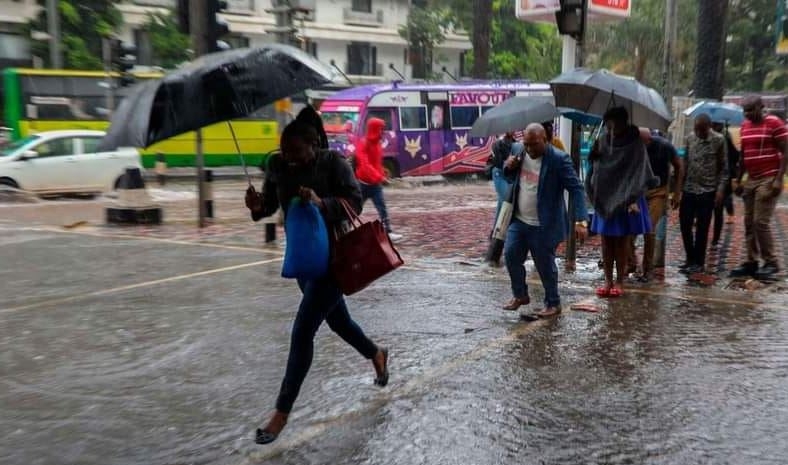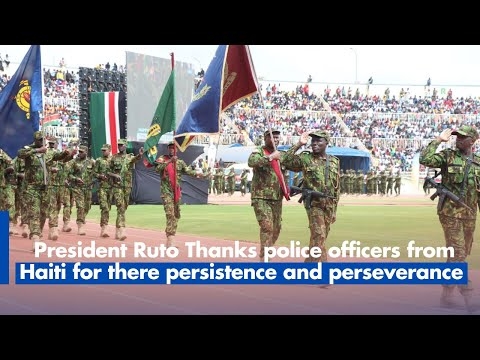Many people might feel stranded when a person gets unconscious and is not able to breathe.
It is important to have Cardiopulmonary Resuscitation (CPR) skills so that it's easier to perform on a person whenever such incidents occur.
Cardiopulmonary resuscitation (CPR) is used in an emergency if someone is not breathing normally, or their heart has stopped (cardiac arrest).
This combination of techniques is used: chest compressions. rescue breathing (mouth-to-mouth).
It is a crucial skill that can significantly increase the chances of survival until professional medical help arrives.
According to Jetflare Ambulances, the basic steps of CPR involve assessing the situation, ensuring the safety of yourself and the victim, and then performing the following actions:
1. The first step is to check if the person is responsive. Tap them gently and ask if they're okay. If they don't respond, call for emergency medical services right away.
2. Check the person's breathing. If they're not breathing or only gasping, start CPR immediately. To do this, place the person on their back on a firm surface.
3. Place the heel of your hand in the center of the person's chest, between the nipples. Put your other hand on top of the first, and interlock your fingers.
4. Press down on the chest firmly and smoothly, about two inches deep. Do this at a rate of 100-120 compressions per minute. Count out loud to help you keep the right pace.
5. Provide rescue breaths: Pinch the victim's nose shut, tilt their head back slightly, and give two slow breaths into their mouth, watching for chest rise with each breath.
6. Continue cycles of compressions and breaths: Perform 30 chest compressions followed by two breaths. Repeat this cycle until professional medical help arrives or the victim shows signs of life.
It is important to note that CPR techniques can vary depending on the age of the victim (adult, child, or infant) and the presence of a bystander trained in CPR.
It is recommended to receive proper CPR training and certification to ensure you are equipped with the necessary skills and knowledge to respond effectively in an emergency.
Remember, prompt CPR can be a critical factor in saving someone's life during a cardiac arrest situation, and even if you are uncertain or untrained, any effort to initiate CPR can make a significant difference until professional help arrives.















